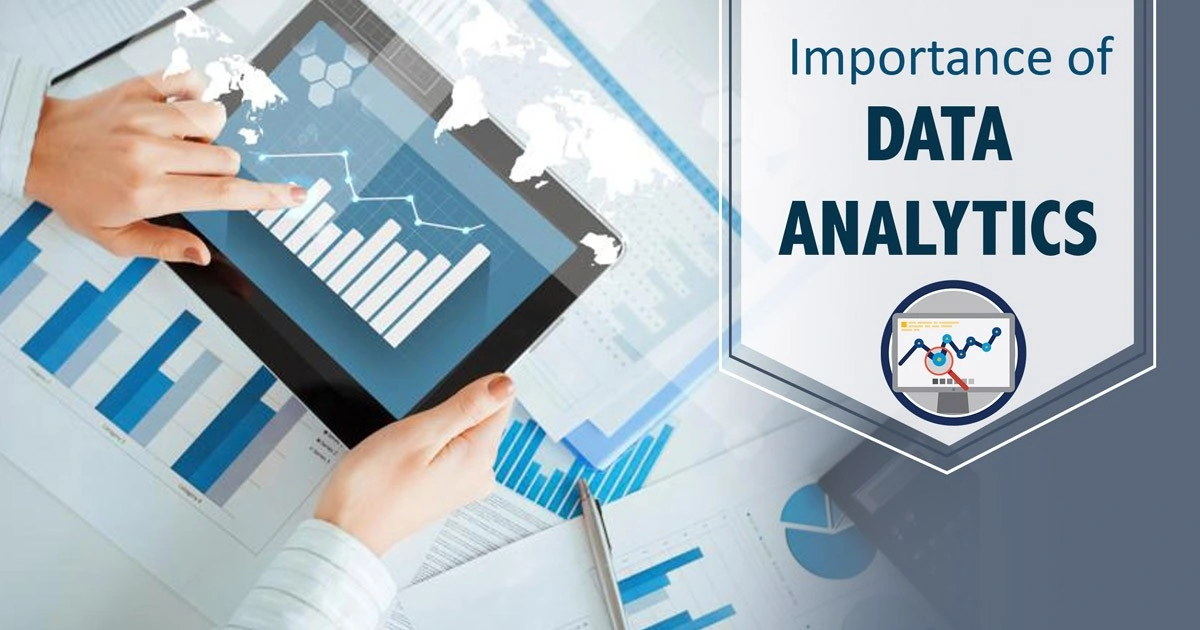The Role of Data Analytics in Market Research: Leveraging Insights for Success
In today's digital age, data analytics has emerged as a crucial tool for transforming market research into actionable insights that drive business success. By harnessing the power of data, organizations can gain a deeper understanding of market trends, consumer behavior, and competitive landscapes. This comprehensive article explores the pivotal role of data analytics in market research, its methodologies, benefits, and best practices for leveraging insights effectively.
Understanding Data Analytics in Market Research
Data analytics in market research involves the systematic collection, analysis, interpretation, and visualization of data to uncover meaningful patterns, trends, and correlations. It utilizes advanced statistical techniques, machine learning algorithms, and data visualization tools to transform raw data into actionable insights that inform strategic decision-making.
Key Methodologies of Data Analytics
- Descriptive Analytics: Examines historical data to understand past trends and patterns. It provides insights into what has happened in the market, consumer behavior, and sales performance.
- Diagnostic Analytics: Focuses on identifying the reasons behind past outcomes and performance. It helps uncover root causes of trends or issues observed in descriptive analytics.
- Predictive Analytics: Uses statistical models and machine learning algorithms to forecast future trends, customer behavior, and market dynamics. It enables businesses to anticipate changes and opportunities in the market.
- Prescriptive Analytics: Recommends optimal actions and strategies based on predictive insights. It helps businesses make data-driven decisions to maximize opportunities, mitigate risks, and optimize outcomes.
Benefits of Data Analytics in Market Research
- Enhanced Decision-Making: Data analytics provides businesses with objective, evidence-based insights that facilitate informed decision-making. It reduces reliance on intuition and guesswork, enabling strategic alignment with market trends and consumer preferences.
- Deeper Consumer Insights: By analyzing large volumes of data, businesses can gain a comprehensive understanding of consumer behavior, preferences, and purchasing patterns. This allows for targeted marketing campaigns, personalized customer experiences, and product innovations tailored to meet consumer needs.
- Competitive Advantage: Data analytics enables businesses to gain insights into competitors' strategies, strengths, and weaknesses. By benchmarking against industry benchmarks and best practices, organizations can identify opportunities for differentiation and competitive positioning.
- Operational Efficiency: Streamlining data collection, analysis, and reporting processes through automation and advanced analytics tools improves operational efficiency. It enables faster decision-making, resource optimization, and cost reduction.
Implementing Data Analytics for Market Research
- Define Objectives: Clearly articulate the goals and objectives of the data analytics initiative. Align analytics efforts with business objectives, market research goals, and strategic priorities.
- Data Collection: Gather relevant data from internal sources (e.g., CRM systems, sales records) and external sources (e.g., market reports, social media analytics). Ensure data quality, completeness, and consistency for accurate analysis.
- Data Analysis: Apply appropriate analytical techniques (e.g., regression analysis, cluster analysis, sentiment analysis) to derive insights from the data. Use data visualization tools to communicate findings effectively.
- Interpretation and Insights: Interpret analytical findings in the context of market dynamics, consumer behavior trends, and competitive landscapes. Identify key insights, patterns, and actionable recommendations.
- Implementation and Monitoring: Translate insights into actionable strategies, initiatives, and marketing campaigns. Monitor performance metrics and KPIs to evaluate the effectiveness of strategies and optimize ongoing efforts.
Case Studies and Examples
- Netflix: Uses data analytics to analyze viewer behavior, predict content preferences, and personalize recommendations, enhancing user satisfaction and retention.
- Amazon: Leverages data analytics to optimize product recommendations, pricing strategies, and supply chain management, improving operational efficiency and customer experience.
- Uber: Utilizes data analytics to optimize ride-hailing routes, pricing algorithms, and driver allocation, enhancing service reliability and customer satisfaction.
Data analytics plays a pivotal role in transforming market research into actionable insights that drive business success. By leveraging advanced analytical techniques and technologies, organizations can gain a deeper understanding of market dynamics, consumer behavior, and competitive landscapes. This enables informed decision-making, strategic agility, and sustainable growth in an increasingly competitive marketplace.
As businesses continue to embrace digital transformation and data-driven decision-making, the role of data analytics in market research will only grow in importance. By investing in robust data analytics capabilities, organizations can unlock new opportunities, mitigate risks, and stay ahead of market trends, positioning themselves for long-term success and profitability.
Key Takeaways
- Data-driven Decision-Making: Use data analytics to inform strategic decisions, marketing strategies, and operational improvements.
- Consumer Insights: Gain deeper understanding of consumer behavior, preferences, and trends through advanced data analysis.
- Competitive Advantage: Leverage data analytics to identify opportunities for differentiation, innovation, and market leadership.
By embracing data analytics as a core component of market research, businesses can drive innovation, enhance customer satisfaction, and achieve sustainable growth in today's dynamic and competitive business environment.






































